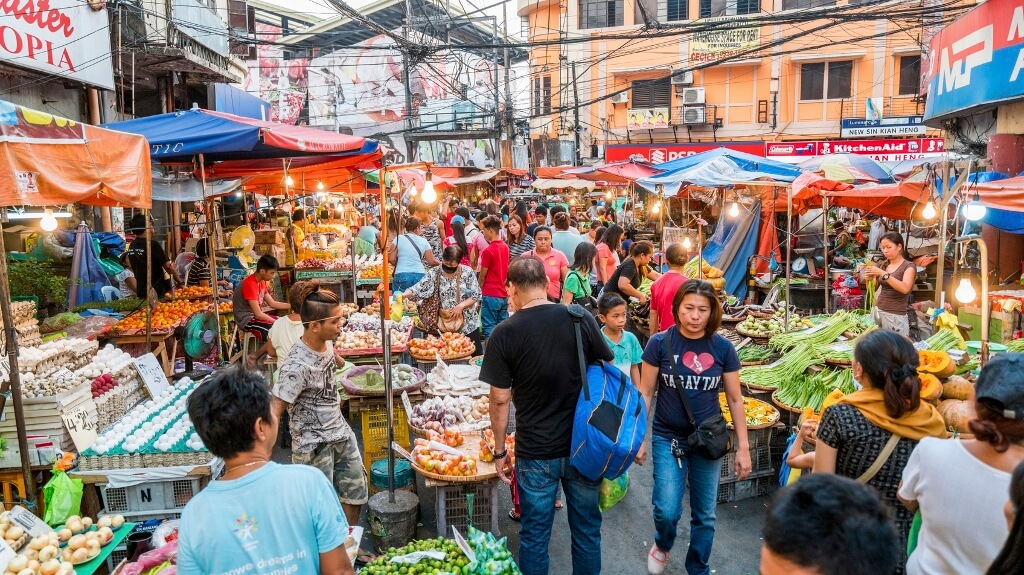The Southeast Asian economy is growing fast. Is it time for ecommerce businesses in the UK to look beyond China?
Understanding The Southeast Asian Ecommerce Landscape
The Southeast Asian economy is growing fast. Is it time for ecommerce businesses in the UK to look beyond China?

If global growth is your objective, the 600 million consumers in Southeast Asia should certainly be on your radar. But to successfully reach these potential shoppers, it is imperative you understand how they want to pay.
The sheer size and opportunity of Southeast Asia is a tantalizing prospect for entrepreneurs. Its economies are growing fast, and digital adoption is on the rise, driven by a young population with increasing spending power. This in turn is fuelling the growth of ecommerce across the region.
Consequently, the ASEAN six (Singapore, Malaysia, Thailand, Indonesia, the Philippines and Vietnam) represent a great potential for entrepreneurs.
Yet this highly fragmented region is not without its challenges, and there is a huge discrepancy between markets, cultures, languages and payment methods. In Singapore for example, shopping is a national pastime, and credit cards rule supreme.
Whereas, in developing countries like Thailand and the Philippines, cash still accounts for the majority of online purchases. So before going any further it is worth taking some time to understand the diverse needs of your local shoppers.
The growth of ecommerce
Southeast Asia is very much on the cusp of a digital boom, and experts predict that it will account for over half of global payments online in the next few years. This is partly due to a massive surge in digital adoption. There are currently 250 million smartphone users, with extensive 3G and 4G network expansion and an estimated 142 million plus mobile broadband subscriptions.
However, despite this boom, the ecommerce market in some countries remains comparatively underdeveloped.
In Indonesia, Thailand and the Philippines, for example, ecommerce accounts for under 1% of all retail sales. This means huge growth potential in the coming years. Malaysia and Singapore are further along, with cross-border ecommerce transactions accounting for 40% and 55% respectively.
A combination of comparatively low ecommerce spending and the sudden dominance of mobile and the internet, represents a rich market for businesses looking to expand.
Driving conversions with local payment methods
By offering a targeted range of payment methods, businesses can have a significant impact on local conversion rates. E-wallets, such as Gcash, are popular in the Philippines, and we can expect to see wider adoption as international players like Apple Pay expand across the region.
Cash remains dominant across many markets in in the region, and consequently methods like cash-on-collection (where the shopper prints an email or barcode and pays at an ATM or convenience store) are popular.
Meanwhile bank transfer is the primary method of payment in Indonesia, Malaysia, Thailand and the Philippines.
All this can seem daunting. But with the right payments partner, adding new payment methods can be as easy as flipping a switch. Further, technology exists now that allows you to dynamically offer a bespoke list of payment methods based on your shopper’s location, device or basket value.
For entrepreneurs looking to tap into this region, we recommend the following steps:
1. Seek out local intelligence and explore legislation
Whichever new market you enter, it is vital to understand the local landscape. The good news is that, even if you don’t have a local entity, you can still reach a significant percentage of online shoppers in the Philippines.
You can also process cards cross-border in Malaysia, but this will only give you access to an elite niche of shoppers, and we recommend setting up a local entity to accept local methods too. A local entity is typically required in Indonesia as well.
In any case, the culture and way of doing business is very different in each market, so it is worth getting advice from people on the ground.
2. Optimise for mobile and social integrations
One consistency across every market in the region is the high smartphone penetration, and rapid growth of mobile commerce. Additionally, over half of Thai shoppers will make purchases via social media.
In Malaysia, this figure sits at 31%, and in Singapore it is 27%. So businesses should ensure their mobile experience is optimal and look to engage with shoppers via social media, particularly in Thailand.
3. Support cash-based methods
For now at least, cash remains king across the region, and most shoppers will choose to pay for online goods or services over-the-counter or at ATMs. It’s only in Singapore and Malaysia that you’ll find widespread use of debit and credit cards.
The most important thing to consider when expanding to a new market is the expectations of your local shoppers. By supporting local payment methods you will provide a better customer experience and drive conversions. It is crucial therefore, that your payments partner has the expertise and local presence to provide impartial advice, and is able to support the wide range of local methods.
To find out more about the different market specifics, download Adyen’s new white paper guide to reaching Southeast Asian shoppers with payments.
Thanks for signing up to Minutehack alerts.
Brilliant editorials heading your way soon.
Okay, Thanks!




